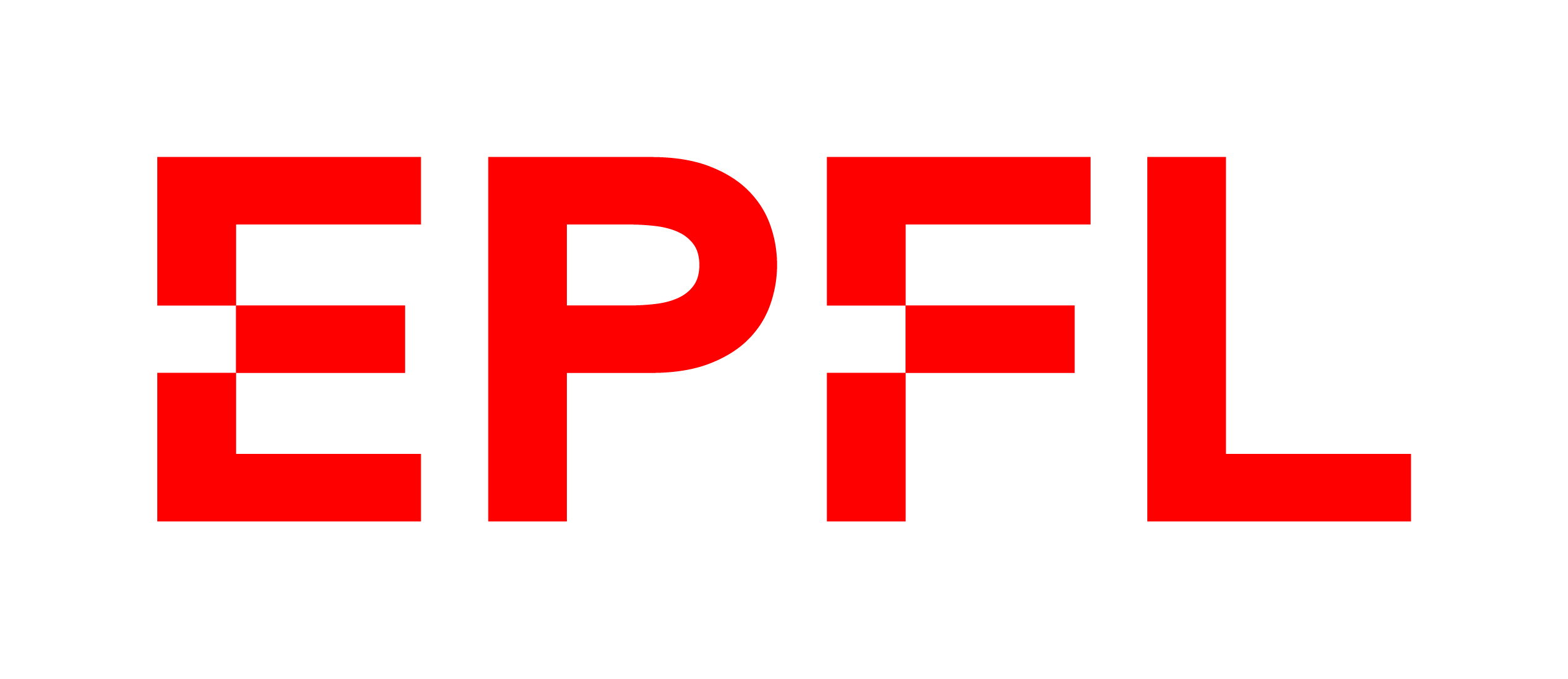Fonds Gaznat - EPFL
Gaznat soutient la recherche et le développement
Dans le cadre du financement de projets de recherche et développement, Gaznat a conclu une convention avec l’EPFL pour lancer des appels à projets auprès des laboratoires et instituts de recherche de la haute école lausannoise.
Onze projets de recherche ont déjà été sélectionnés via deux appels entre 2016 et 2018. Ces projets concernent notamment: la capture du CO2 à l'aide de membranes en graphène, la séquestration du CO2, la micro-cogénération basée sur le gaz naturel, le développement de cellules de conversion du CO2 en carburant basé sur de l’énergie solaire, ou encore la conversion électro-chimique du CO2 en éthylène.
Il s'agit de:
- Metal oxides as paradigm.shifting catalysts for carbon dioxide reduction - Pr. Xile Hu
- Prospects and barriers to natural gas-based micro-cogeneration in Switzerland - Pr Dr Matthias Finger, Pr Philippe Thalmann, Dr Jan van Herle, Dr François Vuille
- CO2 Capture by high throughput nanoporous graphene membrane - Pr Kumar Varoon Agrawal
- FRICTION: Fault Reactivation during CO2 sequesTratION - Pr Marie Violay
- Electrochemical reduction of CO2 to methane - Pr Raffaella Buonsanti
- Development of a robust and inexpensive photoelectrochemical cell for the artificial photosynthesis of Solar Fuels from CO2 - Pr Kevin Sivula
- On the integrative role of Natural Gas for the energy transition in the building sector - Pr François Maréchal
- Development of heterogeneous metal organic framework catalysts for the direct transformation of carbon dioxide into synthetic natural gas - Pr Paul Dyson et Pr Clémence Corminboeuf
- Strategic design of polymer composites for carbon capture - Pr Wendy Queen
- High efficiency Power-to-Methane system based on direct thermal coupling between steam electrolyzer and catalytic methanator - Dr Jan van Herle
- Biomimetic hybrid organic-inorganic membranes for ultrahigh-throughput carbon capture - Pr Kumar Varoon Agrawal
Dans le cadre d'un 3e appel à projets, 4 projets ont été sélectionnés :
1) la production d'hydrogène ;
2) la cogénération ;
3) la séparation avancée et 4) la capture du CO2.
1) Production d'hydrogène
Pr Xile Hu, Laboratory of Inorganic Synthesis and Catalysis
Projet : construction d'un électrolyseur avec une membrane à échange d'anions à haute efficacité.
Objectif : réaliser un prototype de production d'hydrogène basé sur la technologie AEMWE (Anion Exchange Membrane Water Electrolyzer).
2) Cogénération
Pr Jürg Schiffmann, Laboratory of Applied Mechanical Design
Projet : système de pile à combustible à haute efficacité, combiné avec une turbine (FC-GT hybrid systems) et comprenant un séparateur de carbone intégré.
Objectif : réaliser un prototype de cogénération efficace (cycle de Brayton inversé) pour la production d'électricité et de chaleur à partir du gaz naturel en combinant une pompe à chaleur (SOFC) avec une micro-turbine tout en séparant le CO2.
3) Séparation avancée
Pr Kumar Agrawal, Laboratory of Advanced Separations
Projet : développement de membranes en zéolithe pour la séparation H2/CO2. Cette technologie pourrait également être appliquée à la purification du biogaz ou la séparation de l'hydrogène du méthane.
4) Capture du CO2
Pr Wendy Queen, Laboratory for Functional Inorganic Materials
Projet : démonstration d'utilisation de matériaux nanoporeux imprégnés d'amine pour la capture du carbone en postcombustion.
Objectif : tester des matériaux poreux (MOF, Metal Organic Framework ou polymères de coordination poreux) imprégnés d'amine pour l'absorption de molécules de dioxyde de carbone avec une haute sélectivité.
Davantage d'informations sont disponibles en anglais sur la page dédiée au fonds Gaznat sur le site de l'EPFL.
